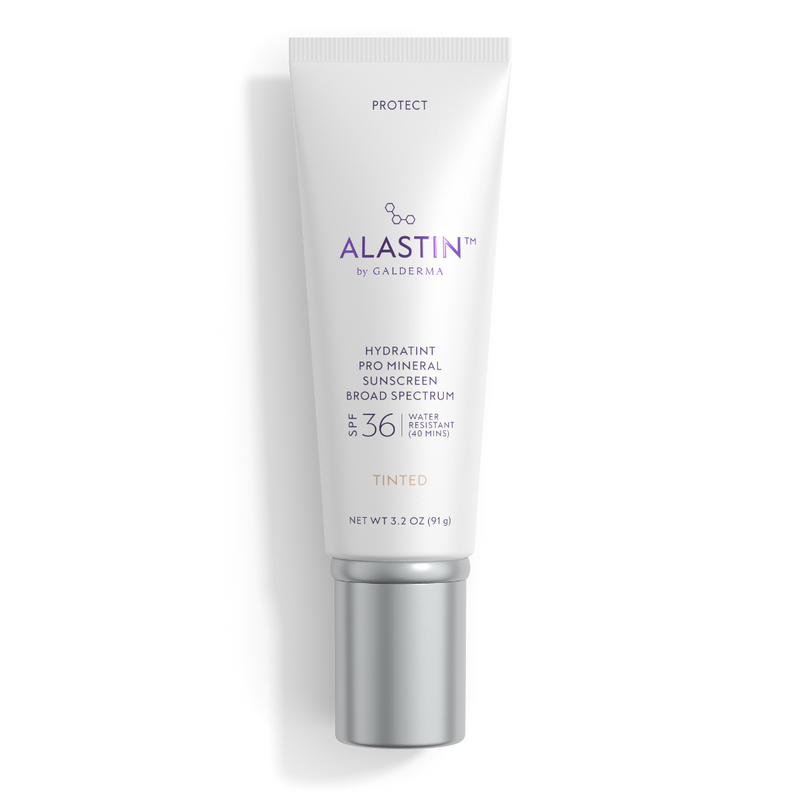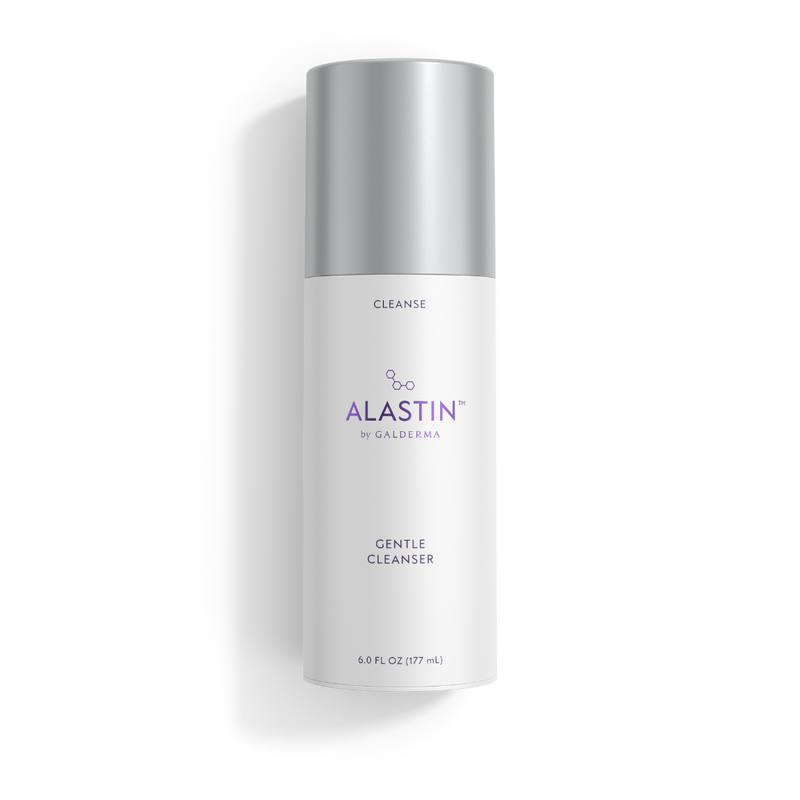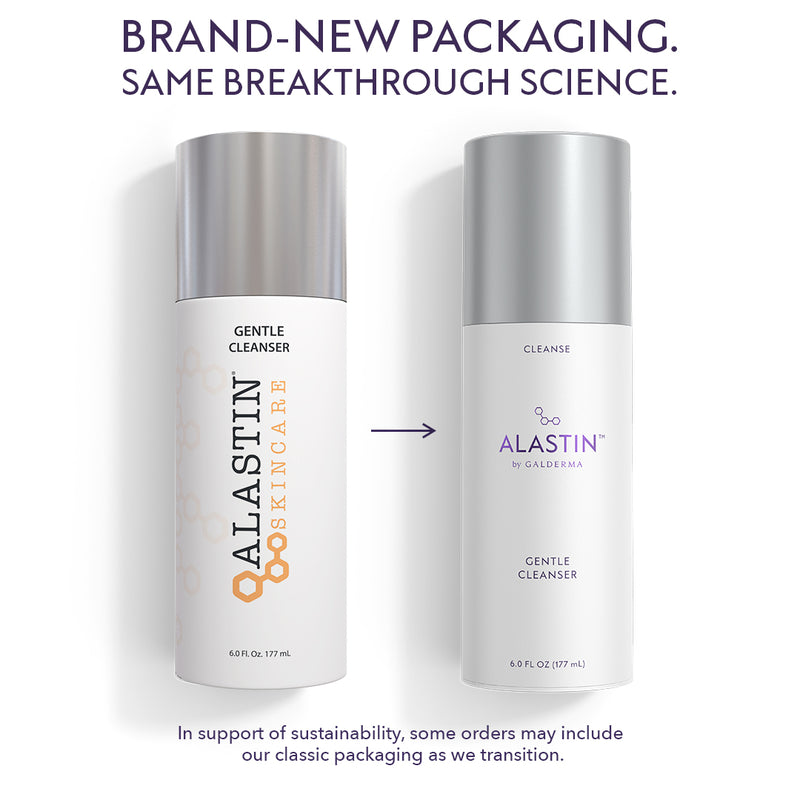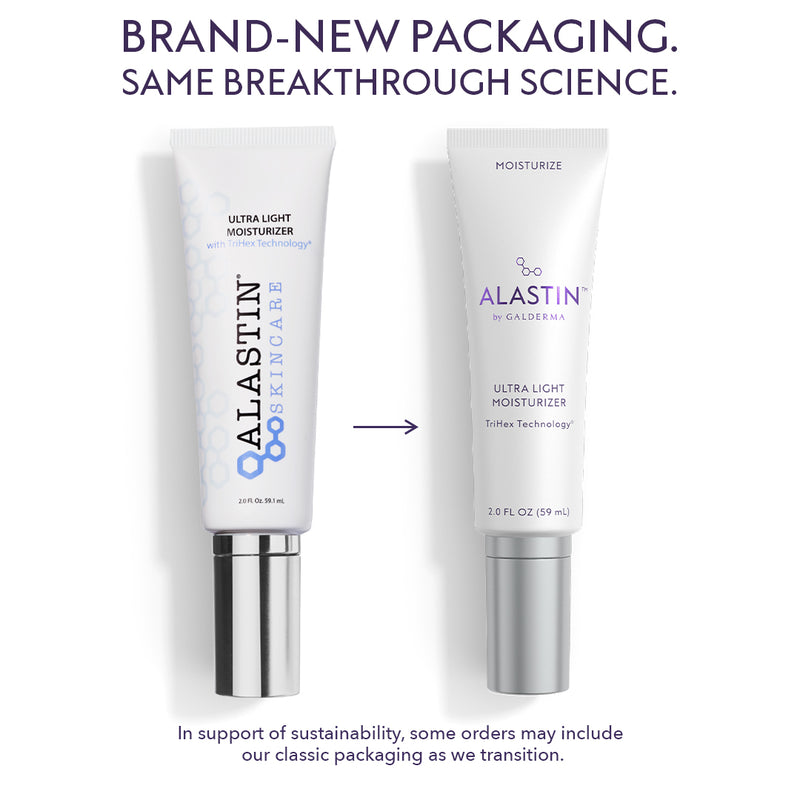You have no items in your bag
What to Look for in an Exfoliator

Like your cleanser, moisturizer and sunscreen, a high-performance exfoliator is essential for a well-rounded and effective skincare routine. But with hundreds of options on the market — chemical, physical, combination and more — it can be difficult to choose the right fit for your skin. Here’s a guide to why exfoliation is so important and which type of exfoliator may work the best for you.
The Importance of Exfoliating Your Skin
Exfoliation is the action of removing dead cells from the surface of our skin (known as the stratum corneum). When dead cells accumulate, they can mix with pollution from the air, natural oil from our skin, sunscreen, makeup, and other materials to create a layer of grime and gunk. This layer can make your complexion appear dull and textured — hiding luminous skin underneath.
Our skin naturally exfoliates itself by regenerating cells on the topmost layer about every month or so. However, as we age and our skin is exposed to environmental factors like the sun, this process slows down and our skin’s natural ability to exfoliate itself diminishes. That’s where topical skincare comes in.
Topical exfoliants help your skin to slough off debris and uncover younger-looking skin. According to the American Academy of Dermatology, making exfoliation part of your regular skincare routine may help your skin appear smoother and brighter, while having the added benefit of helping other products (think serums and moisturizers) to better support your skin.
Physical vs Chemical Exfoliation
Most exfoliation skincare products can be broken down into two categories: chemical exfoliators and physical exfoliators. Both types of exfoliators remove dead skin cells and other debris on the outer layer of your skin, but they employ a different approach.
Physical exfoliators, also known as mechanical exfoliators, scrub off dead cells and other gunk. These types of exfoliators usually require a little elbow grease. You’ll need to gently scrub your skin with the product to activate the exfoliation.
Chemical exfoliators allow you to relax and let the product do the work for you. “Chemical exfoliation uses chemicals, such as alpha and beta hydroxy acids, to gently dissolve dead skin cells,” according to the American Academy of Dermatology. Chemical exfoliants act on the surface of the skin only and are different from in-office chemical peels which penetrate the skin much more deeply. You shouldn’t experience irritation from either a physical or a chemical exfoliant, although chemical exfoliants can sometimes cause a gentle warming or tingling sensation.
How to Choose the Most Effective Exfoliator
Physical and chemical exfoliators both have their benefits—so if you’re looking for the most effective way to exfoliate your skin, you may want to consider a product that does both. The new ReSURFACE Skin Polish from ALASTIN Skincare includes dual-action exfoliation. That means it helps to gently remove the buildup of dead skin cells and impurities with both a physical and chemical exfoliator. The physical exfoliator, perlite, powered by volcanic minerals, is paired with glycolic acid, a highly effective chemical exfoliator, for visibly brighter, glowing skin. The two powerhouse ingredients work together synergistically to maximize benefits and results.
The benefits of ReSURFACE Skin Polish include:
- Gently removing the buildup of dead skin cells and impurities without stripping or irritating skin.
- Helping skin feel smoother and softer.
- Creating a visibly brighter, more luminous appearance.
- Helps to enhance skin texture with glycolic acid
- Protecting the skin with the powerful antioxidants Phytoene and Phytofluene.
- Helps to hydrate the skin with Caprylic/Capric Triglyceride and the sugar compound Xylitol.
- Helps to maintain a healthy skin flora with Polylysine (Dendriclear).
Are Exfoliators Environmentally Friendly?
In the last few years, over-the-counter exfoliators have come under scrutiny with heightened awareness of the damage microbeads can do to our planet. A microbead is a tiny round piece of plastic that was historically used in exfoliators. Because of their minuscule size, there were concerns that microbeads might escape filtration and end up in our natural waters where they could do harm to the fish and aquatic life that live in rivers, lakes and oceans.
However, the Microbead-Free Waters Act of 2015 prohibited the use of microbeads in skincare manufacturing—and ALASTIN has never used microbeads in any of its products. Instead, ReSURFACE uses the naturally derived volcanic mineral perlite, which is both an effective exfoliant, and is gentle on the environment.
Resources
1. https://www.nytimes.com/2018/06/25/style/exfoliation-tips-for-the-best-skin-ever.html
2. https://www.hmpgloballearningnetwork.com/site/wmp/content/a-review-skin-and-effects-aging-skin-structure-and-function
3. https://www.aad.org/public/everyday-care/skin-care-secrets/routine/safely-exfoliate-at-home
4. https://www.aad.org/public/everyday-care/skin-care-secrets/routine/safely-exfoliate-at-home
5. https://www.fda.gov/cosmetics/cosmetics-laws-regulations/microbead-free-waters-act-faqs

$84.00
$98.00














